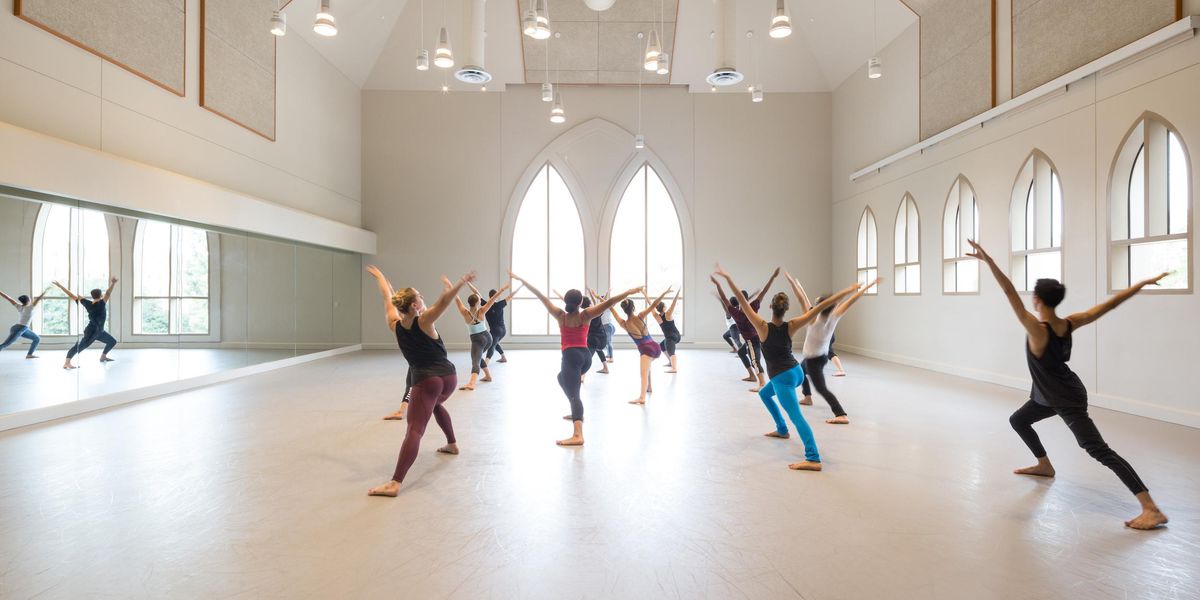Dancing Across Borders
When I first arrived in Copenhagen it seemed that everything I did was characterized as “so American.” I was caught off-guard because I didn’t understand what could possibly be wrong with being American. One day, after a few months of immersing myself in the Danish culture and countless hours of people-watching at my favorite café, it happened. The peaceful flow of the street was interrupted by a small group of tourists arguing in English. American English—loud and brassy. I cringed and muttered under my breath, So American.
I surprised myself. When did this change occur? I used to be proud and defensive of my nationality and now I was inflicting on others what had once hurt me. Is it human nature to conform, as a means of survival and a search for happiness, to the culture that we live in? Or was I simply accepting the view of my home through foreign eyes?
For the past four years I have divided my time between the States (New York, Los Angeles, Chicago) and Copenhagen. The contrast between the two countries is so great; they are nearly a perfect complement to each other. Where one is oversized the other is quaint, where one is colorful the other is coated in white, where one is unpredictable the other works like clockwork. How can I feel so in-tune with two opposing cultures?
I had lunch with my long-time friend, fellow American, and dancer with the Royal Danish Ballet, Shelby Elsbree, last week and we got onto the puzzling topic of being thoroughly content with both countries. It was comforting to hear her admit that during her breaks in New York she reminisces about her favorite Danish spots, and during the season she misses the occasional jab in the ribs from an angry old lady at Fairway Market in Manhattan. By the time we said goodbye, each for our respective shows across the city, I knew there was more to explore on this topic. I was not alone in my thoughts.
The Royal Danish Ballet rehearses for a free performance in Kongens Have.
The differences between my two residences are endless: Copenhagen, home of Smørrebrød (open-faced sandwiches), no-frills furniture, flawless train systems, and wind-powered electricity; and America, home of the Big Mac, skyscrapers, celebrities, and spontaneity. The same applies to the dance world. Europe has a great appeal for American ballet dancers, offering financial security, health insurance, and a chance to dance on a historic stage, perhaps in front of royalty. The United States has a reputation framed in lights, acting as a beacon of hope for dancers looking to expand their repertoire, try some new styles, and maybe one day become a name that’s known in the field. Hollywood’s fascination with ballet skyrocketed after Aronofsky’s groundbreaking movie Black Swan, continuing the trend that began years before with the reality TV show So You Think You Can Dance, where you, sitting there on your couch, can participate in the power that makes one dancer a star. While it is true that Denmark has its own talent search television programs, based on the reaction of Danish dancers, it is clear that nothing compares to the glitz and glamour of Hollywood and SYTYCD.
There is no way to say which country is superior. I have accepted that at times we believe the grass is greener wherever we are not and have realized that perhaps I am not meant to live in only one place. There are too many breathtaking cities in the world to stay in one for too long. Countless cultures to explore, people to meet, and traditions to experience. Fortunately, the language of dance is universal.




